Investigative Stories
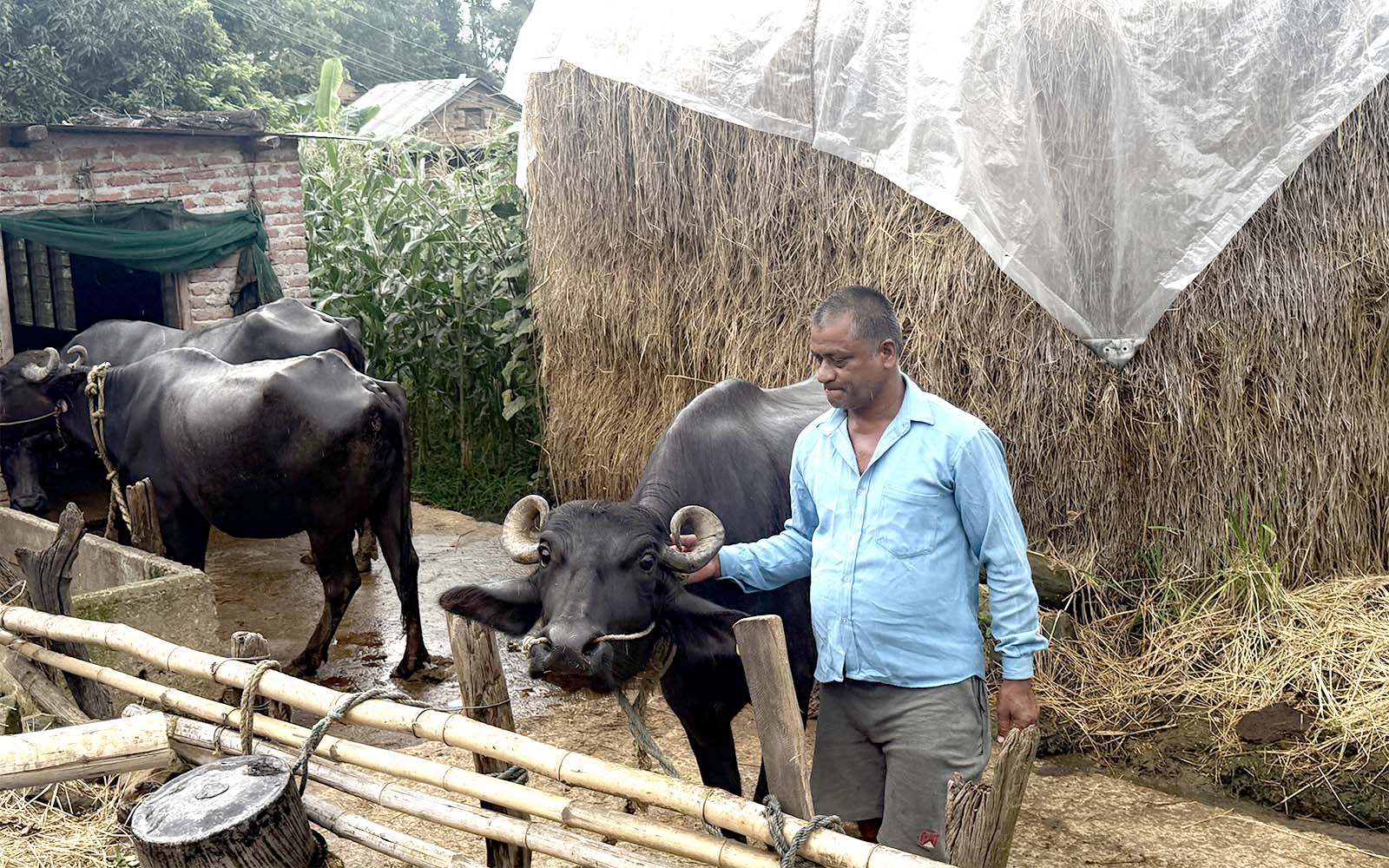
Man Bahadur Khadka, a farmer from Charkune in Surkhet’s Birendranagar-11, says a Murrah buffalo he brought home at the cost of Rs150,000 died in about a month. “The others couldn’t conceive for the second time,” he says. “Our native breed of buffaloes turns out to be much better.”
Two years ago, Khadka had purchased two such buffaloes from Rahmat Suppliers in Nepalgunj at Rs150,000 each. He had received a grant of Rs75,000 from the Directorate of Livestock Development.
Shortly after the federalism was implemented, the Karnali Province government introduced the ‘Dairy Promotion and Livestock Fodder Program’ to boost dairy production. Under this program, the provincial agriculture ministry decided to provide grants to the farmers to purchase the Murrah buffaloes.
The farmers were told that these buffaloes would provide more milk than the native breed. And many farmers bought Murrah buffaloes while selling the native ones they had. As many as 2,600 Murrah buffaloes and bulls were brought in from 10 farms in 8 districts. As much as Rs340 million was spent on the purchase, and management of such buffaloes.
But the program hasn’t seen success.
Now, while farmers have sold the native breed of buffaloes, the Murrah variety hasn't produced as much milk as promised. Farmers are disappointed.
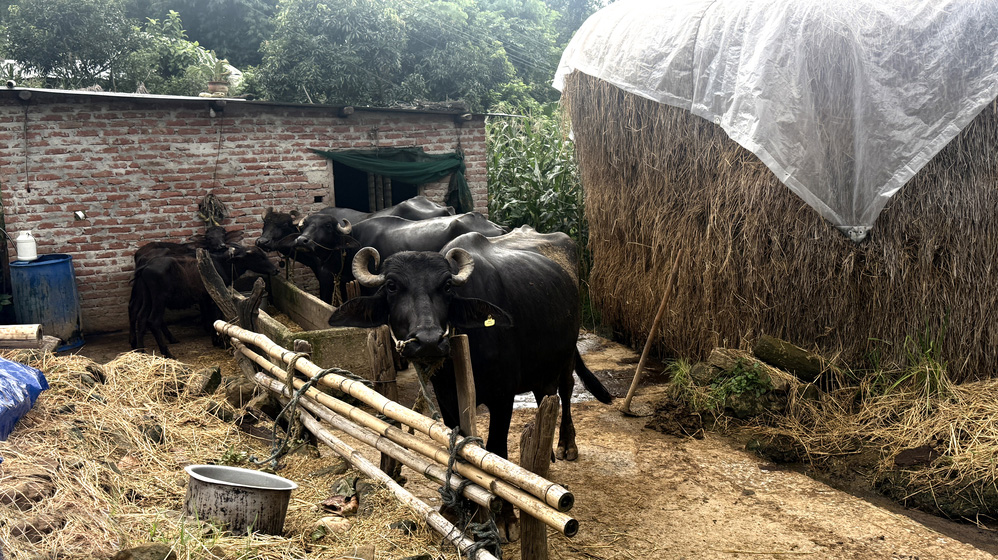
Unsuitable climate and geography
Murrah buffaloes, an improved breed from Haryana, India, are more suitable to the Tarai climate. And it is true that if given suitable environment and good care, these buffaloes produce more milk than the native breed. But when these buffaloes were transported to districts in the hill and Himalayan region, up to Dolpa, many of them died, unable to acclimatize in cold weather.
Dr Sajan Rokaya, chief of the Livestock Service Office in Dolpa, says that hill and Himalayan areas have slopy terrain and lack sufficient grasslands so they are not suitable for their habitat. And if the Murrah buffaloes are not fed properly, they can’t produce the expected amount of milk.
Moreover, the barns for these buffaloes should be warm and dry, which are usually not the conditions found in hill and Himalayan areas. Further, the Murrah buffaloes are heavier in size upto 700 kgs than the native ones which are usually around 350-500kgs, so they find it difficult to walk on the slopey trails of those areas. “This is the result of planning without proper study,” Dr Rokaya said.
Buddhi BK, a farmer from Locha in Dolpa’s Thulibheri Municipality-2, bought a Murrah buffalo at the cost of Rs110,000, with a Rs75,000 grant by the provincial government. But within five months after he purchased it in Shrawan 2080BS, the buffalo fell off a cliff and died.
Six other farmers also lost their Murrah buffaloes after they fell off a hill, according to BK. “It’s hard to save these buffaloes here,” he says. “They die of cold if the sheds are not warmed properly in winter,” he adds.
He further adds that the area’s geography has posed a problem in rearing these buffaloes. “We don’t have much grassland here, only barren hills,” he says. “We bought them after we were told they would produce 20 liters milk daily. But they didn’t produce a quarter of that. We feel let down.”
The program, which ran for five years, didn’t benefit farmers in any way. The buffaloes didn’t produce as much milk as was expected and they didn’t conceive. Farmers were then compelled to sell them cheaply.
Birendra Sarki, a farmer from Narayan Municipality-3 in Dailekh, says that he sold his Murrah buffalo to a businessperson in Nepalgunj within a few months of buying it as it was difficult to rear.
Kapul Prasad Upadhyay, the then chief of Directorate of Livestock Development, claims that the Murrah buffaloes were brought at the demand of farmers themselves. “The concept of Murrah buffalo was introduced because native breed was producing lesser milk. But there was no proper study,” he says. “There was a discussion at the ministry and we prioritized farmers’ demands. The grant program was determined on that basis.”
The commission game
Nevertheless, some officials and buffalo traders, however, have benefitted from this government scheme that was moved forward without a feasibility study.
The directorate’s officials had allowed farmers to purchase buffaloes from only the farms determined by them, according to farmers. These officials even annulled the agreement and stopped the payment if not bought from the selected company from outside of the Karnali province.
The directorate tasked the Chhinchu Women’s Group for Small-scale Farmers, from Bheriganga Municipality-12 in Surkhet, with purchasing Murrah buffaloes for farmers by providing a grant of Rs7.5 million.
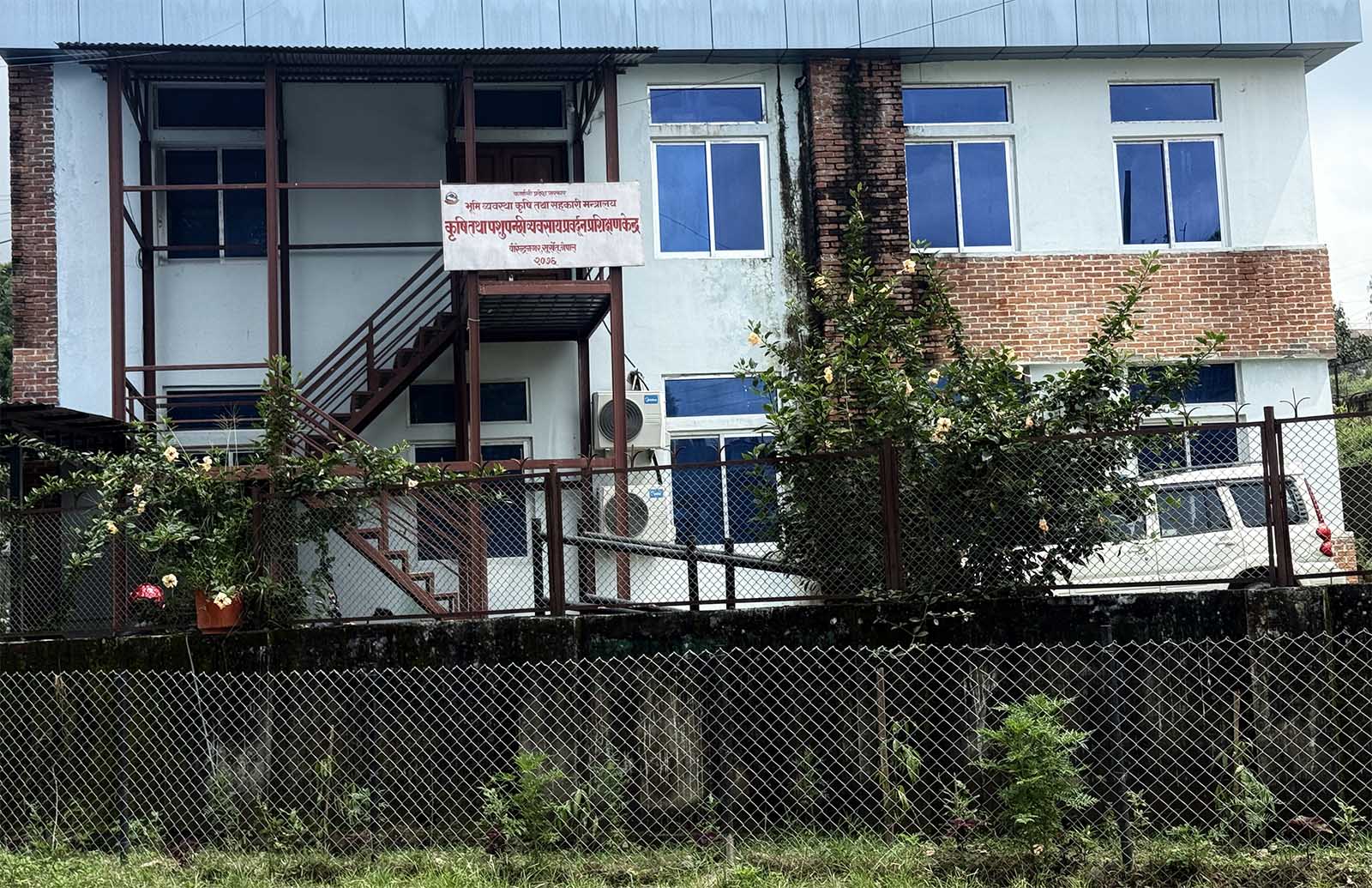
The buffaloes were to be purchased from Kailali’s KC Dairy and Livestock Rearing Pvt. Ltd. The group of farmers reached Dhangadhi to take the buffaloes. But after reaching the farm, they didn’t see any buffaloes of their preference, and they refused to buy them. The farm’s owner Anita KC informed then director of the directorate, Mohan Giri. Giri then warned farmers he would scrap the program altogether, according to Uma Gautam, chair of the farmers’ group.
“After they saw old and malnourished buffaloes at the farm assigned by the directorate, the farmers refused to purchase them from there,” Gautam says. “Then we visited other farms in Dhangadhi. The farmers liked the buffaloes there but, in the end, it was cancelled.”
The farmers had reached the farms with travel expenses amounting Rs200,000 funded by the farmers’ group but had to return empty-handed.
If we look at data of buffalo purchase across the province, the directorate’s first priority appears to be KC Dairy and Livestock Farm in Kailali and then Banke’s Rahmat Suppliers. There are other incidents where the directorate cancelled the grant agreement after the farmers refused to get buffaloes from these two farms. KC Dairy alone has sold around 700 buffaloes.
“If farmers don’t buy buffaloes from places assigned by the directorate, the grant agreement gets cancelled,” said Yamuna Sharma, manager of the farmers’ group. “There appears to be a covert deal between the farm’s owners and the directorate.”
The Bheri Livestock and Agricultural Production Cooperative, from Ramghat in Surkhet’s Bheriganga Municipality-11, purchased 50 buffaloes for local farmers with a Rs5 million grant from the directorate in the fiscal year 2078/79 BS. Farmers had made an additional Rs2.5 million investment.
“But as we didn’t buy the buffaloes from the assigned farm, the grant was halted for 6-7 months,” says Nawaraj Oli, the cooperative’s chair.
And that forced farmers to take loans at high interest rates. The directorate, however, had released the amount after about 6 months.
Meanwhile, Kismat Ali, owner of Rahmat Suppliers, claims that they had to pay the then director of directorate Mohan Giri Rs700,000 as commission.
“There’s a big ‘setting’ in buffalo sales,” Ali said. “They have also taken Rs400000 in cheque and high breed goats from my brother,” Ali said. Ali, however, refused to reveal the evidence of the graft to us.
Giri declines the charge. “I haven’t taken a single penny,” he said. “This is all a false accusation.”
No buffalos in the barns
Dailekh’s Livestock Service Office provided a grant to farmers for the purchase of 568 Murrah buffaloes between fiscal year 2076-77 BS to 2080-81.
At the office's recommendation, as many as 415 buffaloes were bought from Kohalpur’s Samim Farm, 101 from Kailali’s KC Dairy and Livestock, 32 from Achham’s Bhim Bahadur Nepali and 32 from Nepalgunj’s Bishnu Yadav.
Most of these buffaloes are no longer in farmers’ barns, according to Bakhat Nepali, chair of Dailekh-based Satpratisat Pragatisheel Agriculture Cooperative. “The agreement between the office and farmers states that the farmers should rear the buffaloes for at least five years but farmers were compelled to sell them within months due to unfavorable climate and geography,” he said.
“Many of the farmers sold the buffaloes as the milk production was far below the anticipation while many of the buffaloes were sold for meat,” he added.
“We made several formal requests to District Police Office, District Livestock Office, and the municipality to halt the sale of buffaloes but our appeal went unanswered”, Nepali said.
Under this government scheme, as many as 896 buffaloes and 43 cows were bought in Surkhet within six years. It took about Rs80 million 225 thousand to buy the livestock. But most of these livestock are no longer in farmers’ barns. The government has no record of what happened to them.
Buffaloes are smuggled in
The ministry’s data shows that Rahmat Suppliers, based at Piprahawa in Nepalgunj Sub-metropolis-15, has sold 1,000 buffaloes in Karnali province.
Ali Darji, who has been contracted for buffalo sales as per the grant, has two farms—Rahmat Suppliers and Abdul Livestock Rearing Group. The buffaloes he has sold in Surkhet cost from Rs250,000 to Rs400,000. While Darji’s farms have exported hundreds of buffaloes to Karnali, they now have only 5-7 buffaloes left.
Darji said he brings the buffaloes from India’s Gorakhpur and Haryana areas. “We are compelled to smuggle the buffaloes in as it incurs a lot of tax to bring them from legal channels,” he said. “We can’t rear them at our farm. We have to go to India once there is a demand. We collect them from different places in the other side of the border and they are brought-in in a way it looks like they are grazing in the farm”
Raju Khan, owner of Salman Khan Buffalo Farm in Lamahi, Dang, also says that there is a compulsion to smuggle the buffaloes in from India. “Otherwise, tax incurs more cost than the buffaloes,” he says. Khan has sold 200 Murrah buffaloes to farmers from Rukum West.
But despite the failure of the Murrah buffalo scheme, the directorate has continued to distribute the livestock in Surkhet, even by breaching the working procedure.
The directorate has launched a ‘Buffalo Pocket Program’ spanning from Birendranagar to Chaukune at the cost of Rs3.4 million. This goes against the provincial agriculture ministry’s Dairy Promotion and Livestock Feed Program’s working procedure for fiscal year 2080-81 BS. The Auditor General’s office has pointed out unsettled accounts regarding this scheme and has recommended investigation.
“The directorate has selected an area for the scheme that is not mentioned in the working procedure,” the Auditor General’s report says. “This expenditure that goes against the working procedure should be investigated.”
More Investigative Stories
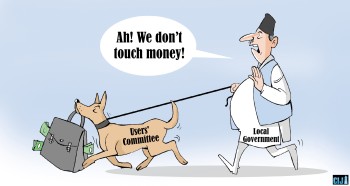
How Users’ Committees Became Tools for Corruption
Most local governments in the country have reportedly left Rs 25.32 billion unaccounted for in just one year from expenditures...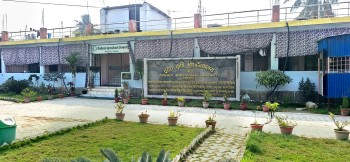
The sorry state of Madhesh Province government’s ‘pride projects’
The Madhesh provincial government once promised development with ‘pride projects’ ranging from a transportation initiative to establishment of an agriculture...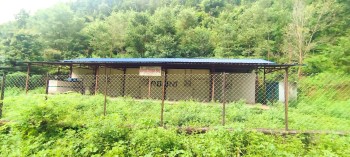

Comment Here